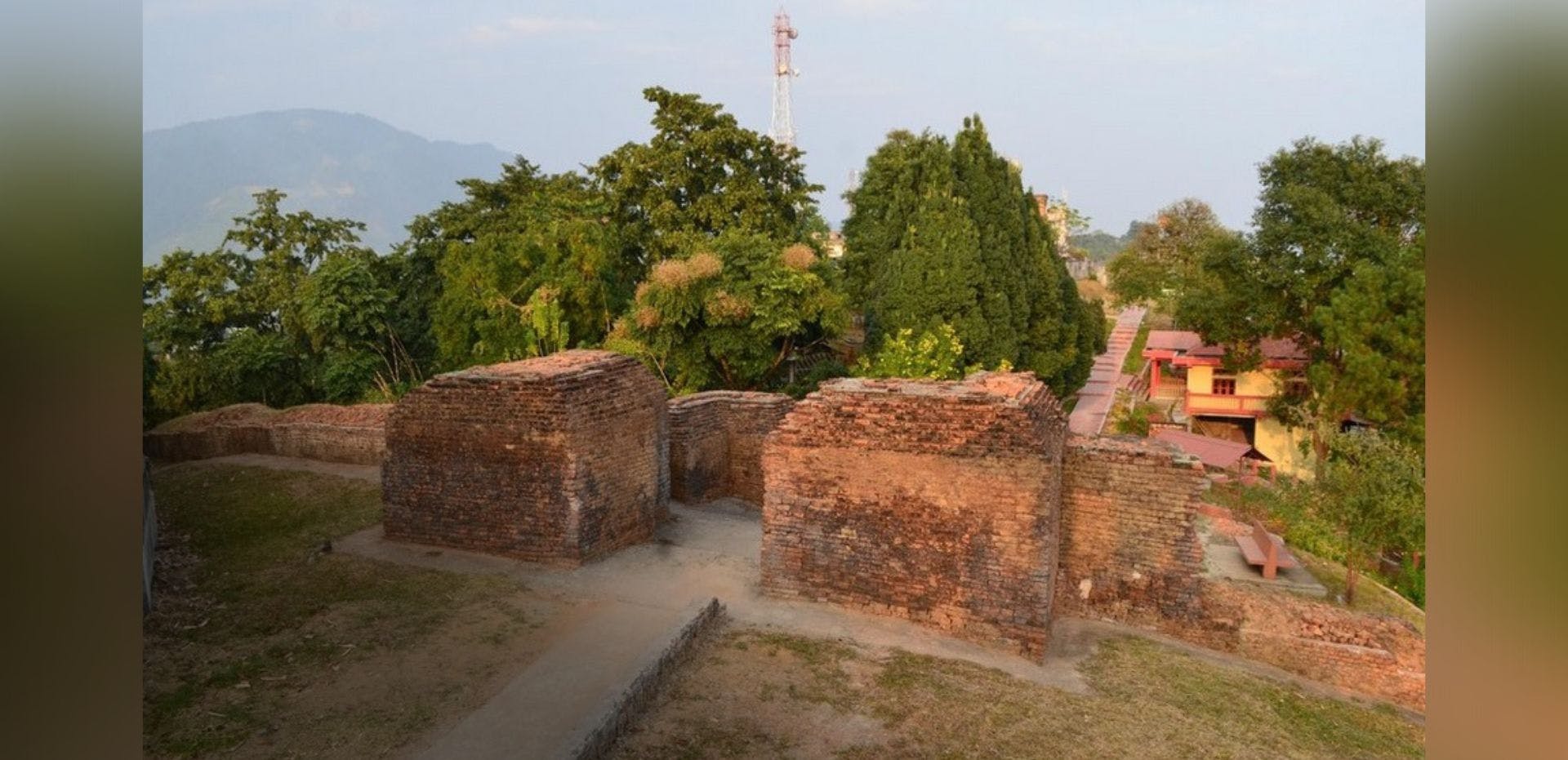Itanagar: Capital City with a Heart of Brick
BOOKMARK
They look like a few stubby columns made of brick standing stoically on a hilltop today but it was the fort they were once a part of that gave the capital city of the Indian state of Arunachal Pradesh its name. If we haven’t dropped sufficient clues already, the answer is ‘Itanagar’ or ‘city of brick’, derived from ‘ita’, meaning brick.
Itanagar was made the capital of Arunachal Pradesh in 1972, two years before the region became a Union Territory. It was then known as the North-East Frontier Agency or NEFA. The story goes that Nabam Runghi, the first agency council member of NEFA carried bricks from Ita Fort to the then Assam capital Shillong (which governed NEFA) to persuade the Governor of Assam, B K Nehru, that Itanagar was a rich, historical place, worthy of being made the region’s capital.
But what is the significance of this brick fort?
Who Built Ita Fort?
The ruins of Ita Fort lie in the city of Itanagar but, in the absence of written records or tangible evidence, little is known about its origins. Based on the remains of the fort, it appears to have been built in the 14th or 15th century CE. Many sources say the fort was built by a local king named Ramchandra alias Mayamatta, of the Jitari Dynasty of Assam, and his son, Arimatta.
Ramchandra had established his capital at Ratanpur in Majuli but he fled the capital and arrived in Mayapura, identified by scholars as the site of Ita Fort today. Ramchandra had a son named Arimatta, who clashed with his father and killed him. Local legends support this, claiming that a ‘refugee king’ from Assam came to ‘Hita’ with his queen and built a fort here, where his son was later born.
A more widely accepted theory is that the fort was built by the Chutia Kings, who ruled between the 13th and 16th century CE before they were absorbed into the Ahom kingdom. Another view suggests that the fort was built as a hideout during the 13th century CE, during invasions by armies like that of Bakhtiyar Khilji on the Ahom Kingdom.
What did Ita Fort look like?
Today, the ruins of the fort comprise a hill-fort complex. The fort was built in an irregular shape, enclosed by natural ridges and brick ramparts. What survives are two brick walls and three gates. The western wall has two gates, while the eastern one has one gate. These walls cross uneven terrain and deep nullahs, where the remains of culverts, steps etc exist. All three gates are of varying sizes.
It seems the builder didn’t pay attention to strengthening the foundation of the rampart. According to the state’s Directorate of Research, the ramparts were built just a few centimetres below ground level, which could have been one of the main reasons for the damage and displacement of the fort. Various natural factors such as earthquakes, heavy rains and encroaching vegetation could have added to its destruction.
The bricks, known as ‘ita’ or ‘hita’ in local parlance, play an important role in the structure, which used bricks of 20 different sizes, including ornamented bricks. It is believed that the bricks were made at the site itself. Sandstone was also used in the structure.
The fort finds mention in gazetteers and reports going back to 1901 and 1905, but it was excavated only in 1975, by the Research Department of the Government of Arunachal Pradesh. Brickbat, pottery, iron clamps have been found at the site. The pottery belongs to the medieval period. Some restoration and exploration work was carried out at the fort in 2016-17 as well.
While the ruins of Ita Fort shed some light on the region’s past, more research and field work will be needed before we can fully understand Arunachal Pradesh’s history.
If you enjoyed this article, you will love LHI Circle - your Digital Gateway to the Best of India's history and heritage. You can enjoy our virtual tours to the must-see sites across India, meet leading historians and best-selling authors, and enjoy tours of the top museums across the world. Join LHI Circle here










